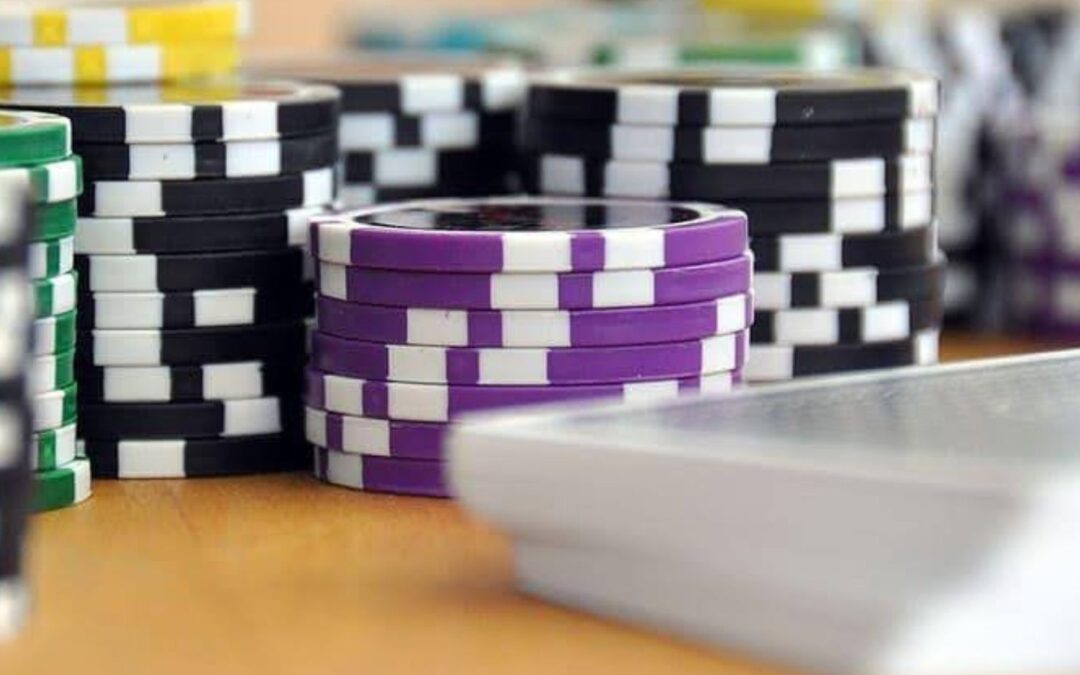What comes to your mind when you think of valuable collectables? Maybe old stamps, ancient baseball cards or vintage cars… But there is another, more surprising world, in which art, history and high-stakes gambling meet: that of custom-shaped casino chips.
These are not the boring, plastic tokens that you would play in a typical home game. These are detailed, very fancy, and extremely costly artworks with a story. For a growing number of enthusiasts, even those who play at the https://bestcasinosonlines.com/, collecting these items is a passionate hobby, a treasure hunt, and an investment all rolled into one.
The appeal is easy to understand once you hold one. A standard, mass-produced poker chip is light, simple, and functional. A custom-made one has weight. It feels substantial in your hand. It has a complicated, multi-layered design with symbolism and a purpose, often on a small, physical canvas that depicts a particular casino, a special occasion or a past time in gambling history. It is fascinating how a mere gaming instrument became a desirable art object.
More Than Just Plastic
To appreciate these chips, you need to look beyond their face value, as true collectors see them as miniature sculptures. Every single part of the whole has a name and a purpose.
The Inlay and the Mold
The main artwork is found in the center of the chip, also known as the ‘inlay’. This is typically a printed paper or foil pattern covered with a hard and transparent top. It can include the logo of a casino, a mascot or a special date. But the actual magic is on the edge. This is the mold, which is the patterned, textured ring that encircles the chip. It is not only for aesthetics; it is a matter of safety, as a soft edge is easily faked.
Casinos and manufacturers use specific, often proprietary, mold patterns. Some have classic geometric designs like “dice and diamonds” or “web and houndstooth,” while others are incredibly detailed. They feature tiny stars, intricate vines, or even words pressed into the clay. When you run your thumb around the edge of a well-made chip, you can feel this history and craftsmanship. It’s a tiny, textured story.
The Hidden Language
Not all chips are created equal, even within a single place, as their value and purpose are communicated through a silent language of color and edge spots. A $1 chip might be white with simple blue spots. A $5 chip, red, and a $25 chip, green. But high-denomination “showpieces” are often worth hundreds or thousands of dollars, and are in a league of their own. They are the crown jewels of any collection.
High-Stakes Art
It is with these high-value items that casinos flex their creative muscles. They can be crafted using more costly materials, like mother-of-pearl, gold, silver foil, or even semi-precious stones. The designs become richer, depicting portraits or fully colored scenes.
A $5,000 chip from a famous Las Vegas Strip is a status symbol on the gaming floor and a masterpiece for the collector. They are produced in very limited quantities, making them the holy grails for serious collectors and driving prices at auction into the tens of thousands of dollars.
The Thrill of the Hunt: Why People Collect
So, what drives a person to spend small fortunes on what is, essentially, a piece of colored clay? The motivations are as varied as the collectables themselves.
Some are after nostalgia. They try to find chips of casinos which have been blown up, refurbished, or otherwise lost in time. Possession of one of the Stardust or Sands in Las Vegas is like owning a piece of history. It contains a physical relation to the Rat Pack and a city that no longer exists.
Other people are artists and designers by nature. They admire the aesthetics, the color schemes, the typography, and the elaborate patterns of molds. They can be centered around a particular theme, such as animals, ships, or Art Deco designs. For them, a collection is a curated gallery of miniature art. They study the creations of manufacturers like Paulson and B&G the way a painter might study the works of the Old Masters.
There are also investors, as the market for rare chips is robust and active, with online forums, dedicated auctions, and trading shows. One purchased for a few hundred dollars a decade ago might be worth several thousand today, especially if the hall that issued it has since closed.
It’s niche, but for those with the knowledge, it can be a profitable endeavour. The hunt for a rare “error chip” (one with a misprint or a manufacturing flaw) can be especially intense, as these quirks can make them exponentially more valuable.

